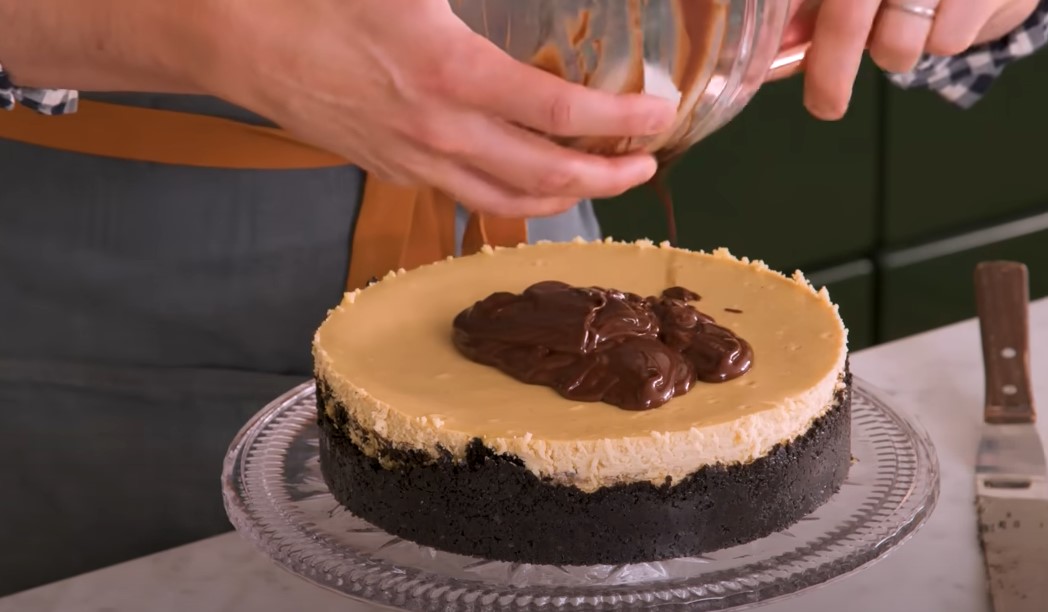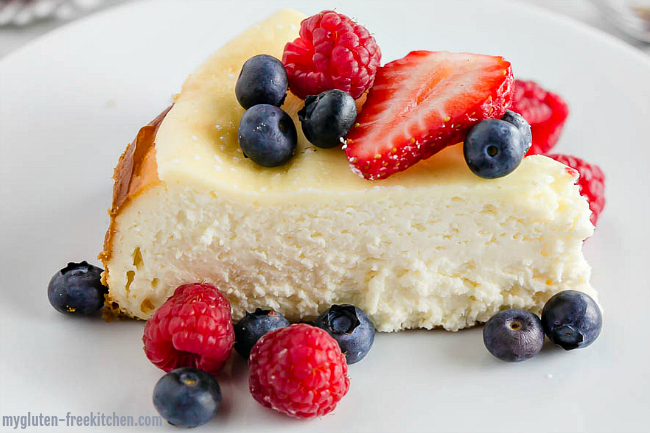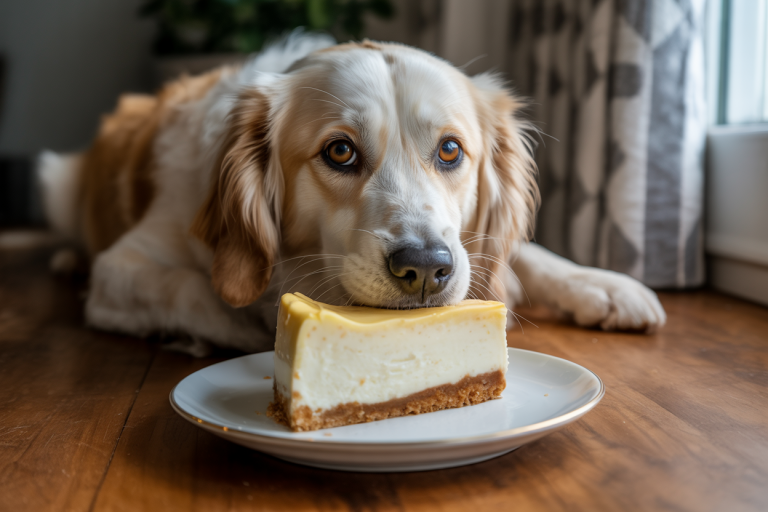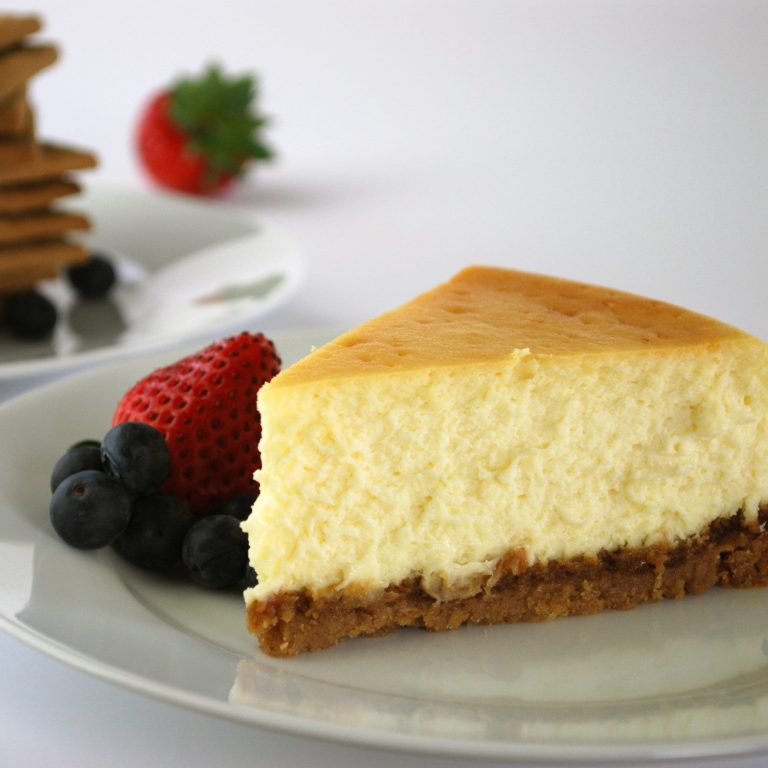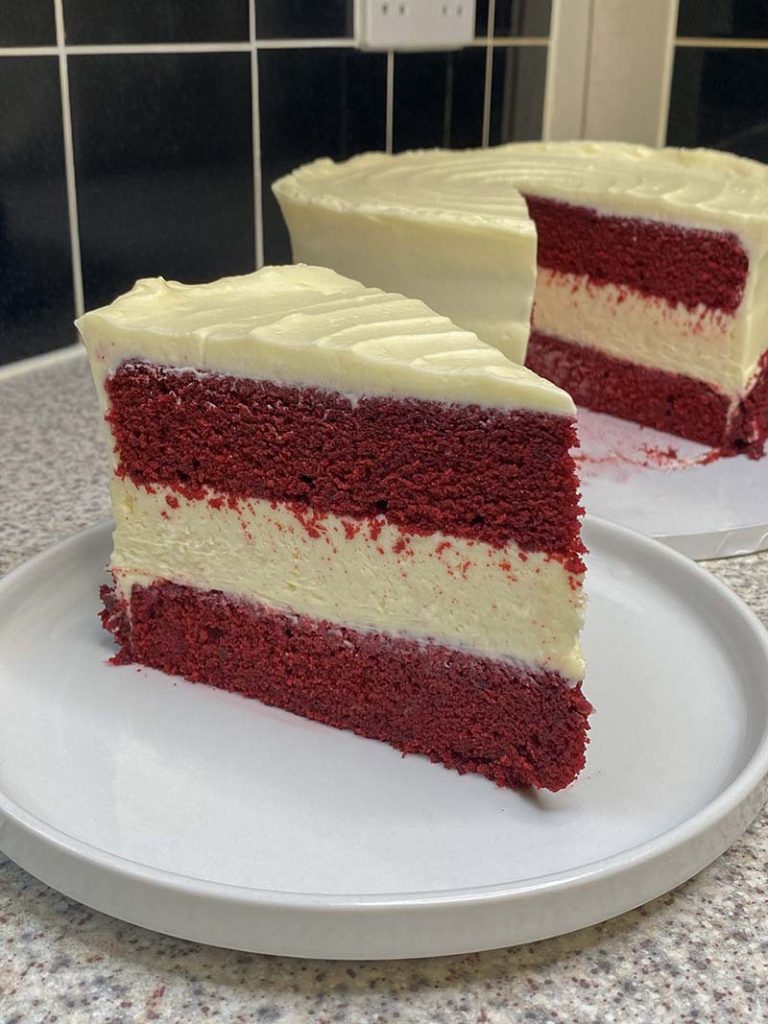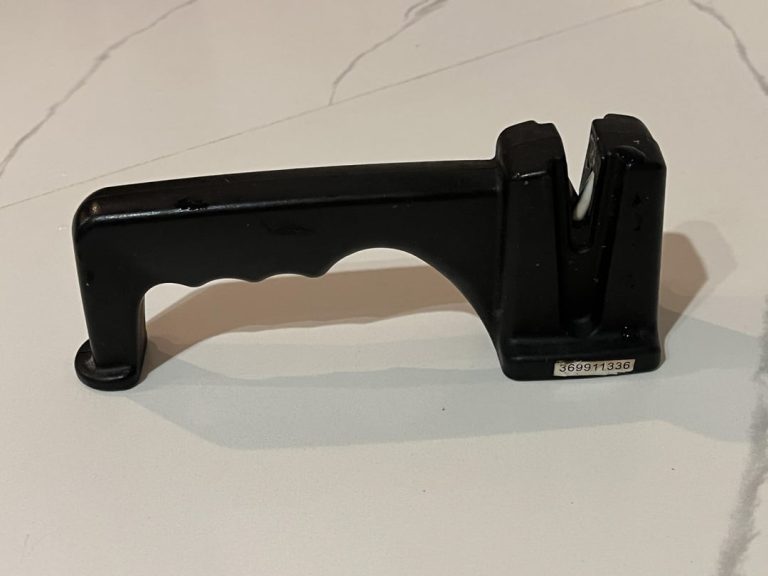How to Know When Cheesecake Is Done: A Complete Guide for Perfect Results
How to know when cheesecake is done? To know when your cheesecake is done, gently shake the pan—if the edges are set and the center jiggles slightly like Jell-O, it’s ready. Alternatively, insert a thermometer into the center; a reading of 150°F (65°C) indicates doneness.
Baking the perfect cheesecake can be a delicate process. Achieving that creamy, luscious texture without cracks or overbaking requires attention to detail. Understanding the signs of doneness is crucial to ensure your cheesecake turns out just right.
In this comprehensive guide, we’ll explore various methods to determine when your cheesecake is perfectly baked, including visual cues, texture tests, and temperature checks. Whether you’re a novice baker or a seasoned pro, these tips will help you master the art of cheesecake baking.
How to Know When Cheesecake Is Done?
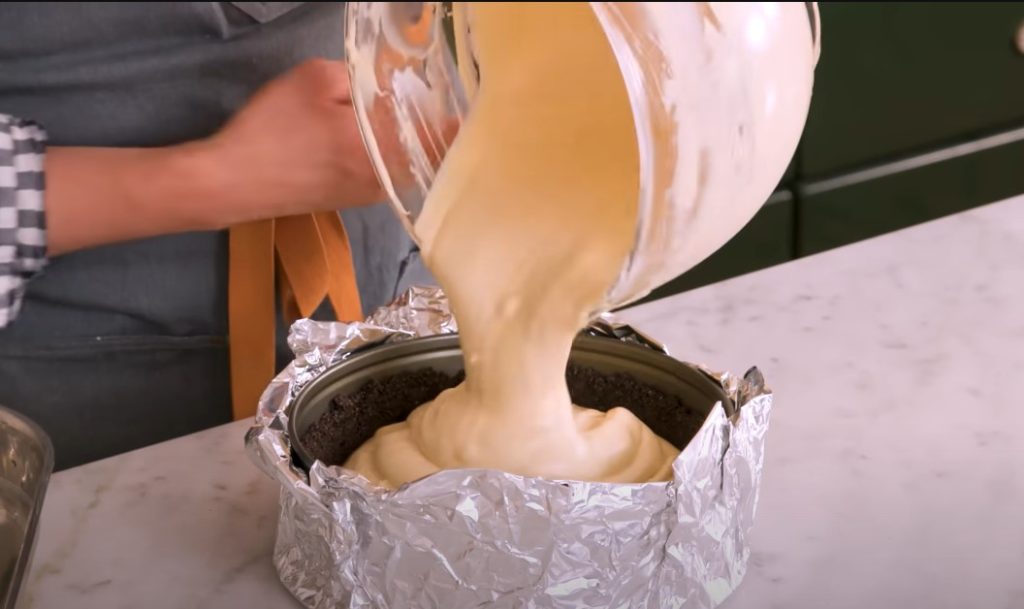
1. The Jiggle Test
One of the most reliable methods to check if your cheesecake is done is the jiggle test. Gently shake the pan; the outer edges should appear set, while the center should have a slight jiggle, resembling Jell-O. If the entire cheesecake wobbles, it needs more baking time.
2. Temperature Check
Using an instant-read thermometer provides a precise way to determine doneness. Insert the thermometer into the center of the cheesecake, avoiding the crust. A temperature reading of 150°F (65°C) indicates that the cheesecake is fully baked.
3. Visual Cues
Observe the cheesecake’s surface; it should appear slightly puffed and may have a light golden hue around the edges. The center should look set but still have a slight wobble. Avoid overbaking, as this can cause cracks and a dry texture.
4. Touch Test
With clean hands, gently touch the center of the cheesecake. It should feel firm with a slight give. If your finger leaves an indentation or comes away with batter, the cheesecake needs more time to bake. (bhg.com)
5. Toothpick Test
Insert a toothpick about an inch from the center of the cheesecake. If it comes out mostly clean with a few moist crumbs, the cheesecake is done. A wet or gooey toothpick indicates it needs more baking time.
6. Cooling and Setting
Remember that cheesecakes continue to set as they cool. Once removed from the oven, allow the cheesecake to cool gradually at room temperature before refrigerating. This gradual cooling helps prevent cracks and ensures a smooth texture.
Baking Tips for the Perfect Cheesecake
Mastering the art of baking cheesecake means more than just checking for doneness—it starts well before your cake hits the oven. These expert tips will help you avoid common pitfalls and deliver a smooth, creamy dessert every time.
1. Bring Ingredients to Room Temperature
Cold cream cheese can lead to lumps and uneven mixing. Allow all ingredients—especially cream cheese, eggs, and sour cream—to come to room temperature before blending. This ensures a silky-smooth batter.
2. Don’t Overmix the Batter
Mixing the batter too much can incorporate excess air, which causes the cheesecake to rise and then collapse—leading to cracks. Mix just until the ingredients are fully combined and smooth.
3. Use a Water Bath (Bain-Marie)
A water bath helps regulate the temperature, baking the cheesecake gently and evenly. Wrap the bottom of your springform pan in foil to prevent leaks, place it in a roasting pan, and pour hot water halfway up the sides.
4. Avoid Peeking Too Often
Each time you open the oven door, heat escapes and can cause the cheesecake to bake unevenly. Avoid opening the door for the first 45 minutes of baking.
5. Bake Low and Slow
Set your oven to a low temperature (around 325°F or 160°C). High temperatures can cause the edges to overbake and the center to remain raw. Slow baking helps maintain a consistent texture.
6. Know When to Stop Baking
Use the jiggle test or thermometer method (150°F or 65°C in the center) to prevent overbaking. Remember, the cheesecake continues to cook and firm up as it cools.
7. Cool Gradually
Don’t move your cheesecake straight to the fridge. Let it cool inside the turned-off oven with the door cracked open for about 30 minutes, then at room temperature for another hour before refrigerating.
8. Chill for Best Texture
Refrigerate your cheesecake for at least 4 hours—preferably overnight. This allows the flavors to develop and the texture to firm up beautifully.
9. Use the Right Pan
Always use a springform pan for cheesecakes. It allows for easy removal without disturbing the delicate edges and avoids cracking during unmolding.
10. Cut with a Warm Knife
To get clean, professional-looking slices, dip your knife in hot water and wipe it clean between cuts. This prevents the filling from sticking and creates neat edges.
These tips, combined with your newfound knowledge of how to know when cheesecake is done, will have you baking with confidence. Whether it’s your first cheesecake or your fiftieth, each slice will reflect the care and technique you’ve learned.
Frequently Asked Questions
1. Can I use a knife to check if my cheesecake is done?
Using a knife to check doneness can cause cracks in the cheesecake. It’s better to use the jiggle test or a thermometer for accurate results without damaging the surface.
2. What causes cracks in a cheesecake?
Cracks can result from overbaking, rapid cooling, or overmixing the batter, which incorporates too much air. Using a water bath and allowing the cheesecake to cool gradually can help prevent cracks.
3. How long should I let my cheesecake cool before refrigerating?
Allow the cheesecake to cool at room temperature for about an hour before placing it in the refrigerator. This gradual cooling helps set the cheesecake and prevents condensation.
4. Can I fix an undercooked cheesecake?
If you discover your cheesecake is undercooked after cooling, you can return it to the oven at a low temperature (around 325°F or 163°C) for 10-15 minutes. Monitor closely to avoid overbaking.
5. Is it necessary to use a water bath when baking cheesecake?
While not mandatory, using a water bath provides gentle, even heat, reducing the risk of cracks and overbaking. It’s especially beneficial for delicate cheesecakes.
Conclusion
Determining when your cheesecake is perfectly baked involves a combination of visual cues, gentle tests, and temperature checks. By mastering these techniques, you can achieve a creamy, crack-free cheesecake every time. Remember to allow your cheesecake to cool gradually and refrigerate it for several hours before serving to ensure the best texture and flavor.
Related Recipes

